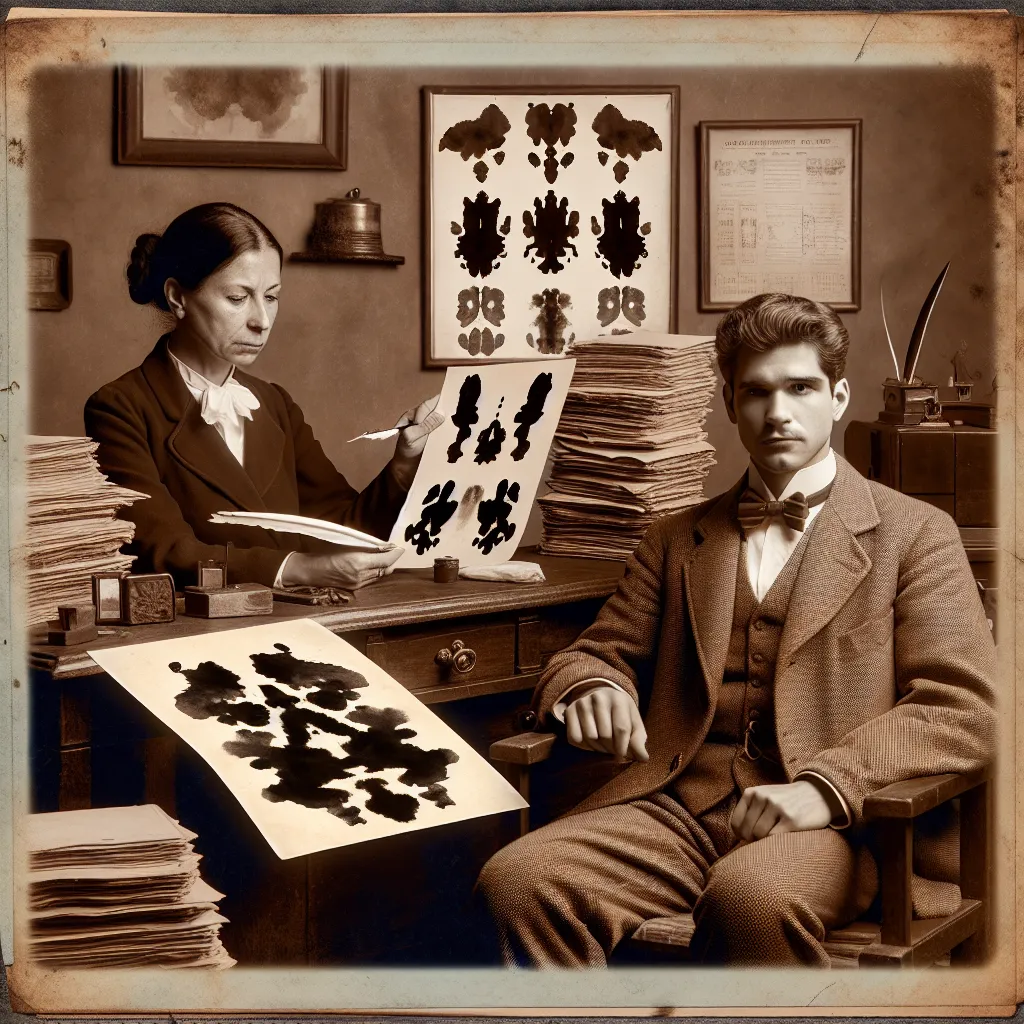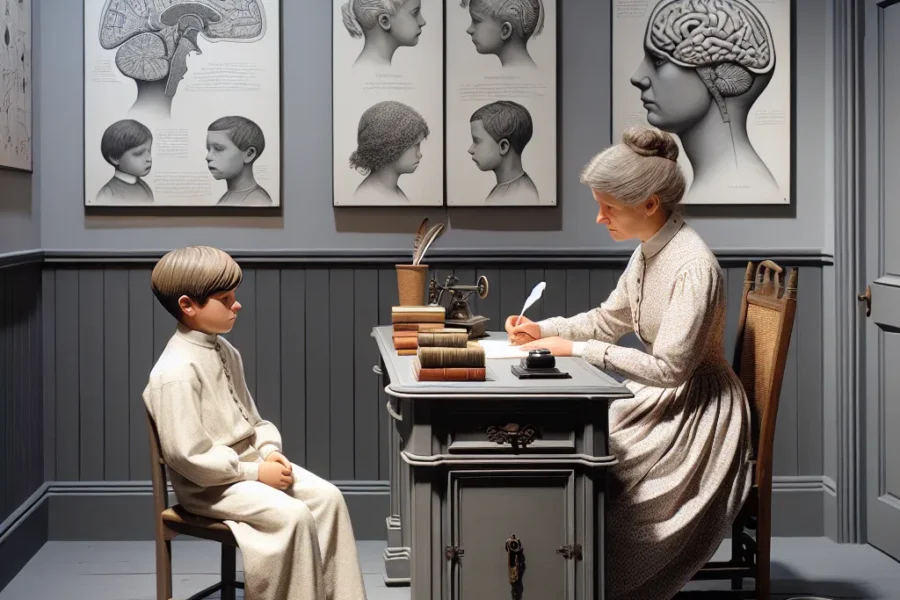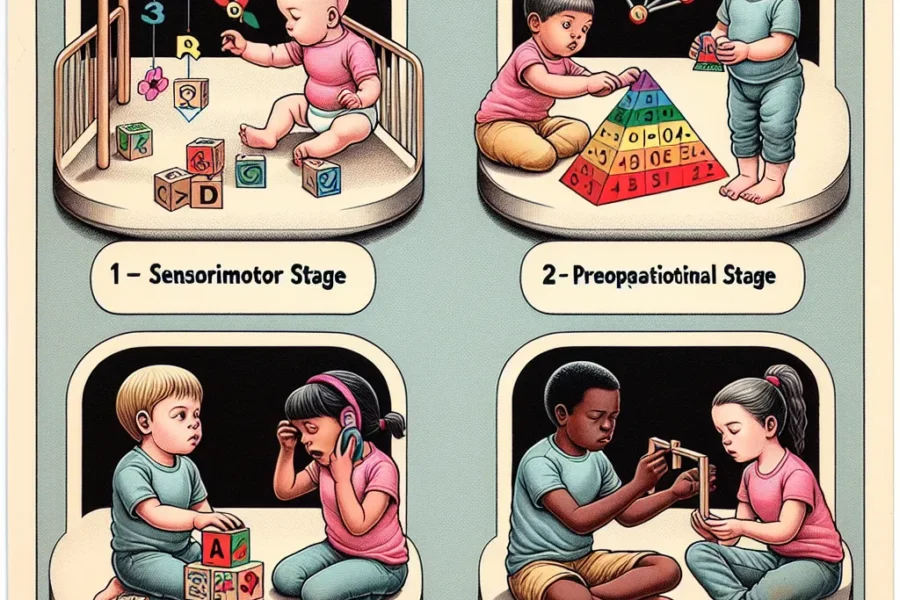The Rorschach Inkblot Test stands at the intriguing intersection of art and science, functioning as both a psychological assessment tool and a mesmerizing collection of abstract images. Created by Swiss psychiatrist Hermann Rorschach in 1921, the test remains one of the most discussed and debated methods for examining a person’s personality and emotional functioning.
At its core, the Rorschach Inkblot Test consists of ten unique inkblots, five of which are black and white, and five that incorporate colors. During the test, these inkblots are presented one by one to an individual, who is then asked to describe what they see. The science behind the test hinges on the idea that people will project their own unconscious thoughts and feelings onto the ambiguous images.
The test’s methodology is deeply rooted in the theory of projective testing. According to this concept, when a person is presented with a vague and ambiguous stimulus, their interpretation of it will be influenced by their own experiences, desires, and emotions, thus revealing aspects of their personality that might not be accessible through more direct questioning.
The Art of Interpretation
The artistic aspect of the Rorschach Inkblot Test lies in the careful construction of the images themselves. Rorschach, who had a keen interest in art, designed the inkblots to be evocative and balanced, walking a fine line between structure and randomness. The inkblots are not entirely abstract, as some semblance of symmetry exists within them, which is thought to help elicit common themes and associations from test-takers.
Each inkblot is crafted to stimulate the imagination and elicit a wide array of interpretations. Interestingly, part of the artistic allure comes from the fact that no two individuals are likely to see exactly the same thing in an inkblot. This subjectivity is what makes the Rorschach inkblots an artistic expression on the part of both the creator and the observer.
The Science of Assessment
In the context of psychological assessment, the Rorschach test is a complex and nuanced tool. Psychologists and psychiatrists utilize the test to gather insights about a person’s thought processes, emotions, and how they interpret the world around them.
When administering the Rorschach Inkblot Test, trained professionals pay close attention not only to what individuals see in the inkblots but also how they see it. The test-takers’ responses are analyzed based on various factors including the content of their response, the location of the image they focus on, and the determinants such as shape, color, or shading that guided their interpretation.
The responses are systematically scored and interpreted using a set of established criteria. Two of the most recognized methods used by psychologists are the Exner system of scoring and the Rorschach Performance Assessment System (R-PAS). These systems aim to provide quantifiable measures of personality traits and thought patterns, contributing to a structured analysis of the test results.
The Significance of Subjectivity
One of the critical elements of the Rorschach Inkblot Test is the role of subjectivity. While some criticize the test for its subjective nature, proponents argue that this subjectivity is precisely where its value lies. The Rorschach test does not seek to provide cut-and-dried answers but rather to open a window into the psyche of the individual.
The responses can reveal underlying issues such as anxiety, depression, thought disorders, or even aspects of personality like introversion or extroversion. This makes the test particularly valuable in certain clinical settings, where understanding these nuanced aspects of a patient’s psychological landscape is crucial.
The Rorschach Inkblot Test and Technology
In the age of digital advancement, the Rorschach test has also found a new dimension through the incorporation of technology. Digital versions of the test and computer-assisted scoring systems have been developed. These technologically enhanced tools aim to increase the test’s reliability and validity by reducing the potential for human error in administration and interpretation.
Moreover, with the help of machine learning and artificial intelligence, researchers are continually exploring new ways to understand the patterns in people’s responses to the inkblots. Although these technological aids cannot replace the expertise of a trained psychologist, they can provide additional layers of data, supporting a more comprehensive analysis.
Conclusion
The Rorschach Inkblot Test is a testament to the blending of art and science in the realm of psychological evaluation. It embodies the complex interplay between creativity and systematic analysis, providing a unique tool for exploring the depths of the human mind. Whether viewed through the lens of art or the focus of science, the Rorschach remains a culturally and clinically significant method of assessment, evoking fascination, debate, and introspection a century after its creation.
It is worth noting that despite its widespread recognition and historic significance, the Rorschach Inkblot Test is not without its critics. Debates about its validity, reliability, and application in various cultural contexts persist in scientific circles. Nevertheless, the undeniably rich contribution of the Rorschach to both the history of psychology and to the broader cultural understanding of the mind ensures its continued relevance in discussions about human nature and personality assessment.
Ultimately, the enduring legacy of the Rorschach Inkblot Test lies in its capacity to elicit complex human responses that straddle the realms of art and science. As a psychological tool, it opens doors to in-depth conversations about mental health and provides insights that might otherwise be difficult to articulate. As an art form, it invites endless interpretation, challenging observers to confront the mysteries of perception and the intricacies of the subconscious. In both cases, the Rorschach test continues to intrigue, enlighten, and provoke thought, maintaining its place in the annals of psychological practice and as a cultural icon whose significance resonates far beyond the confines of its ink-stained heritage.



Leave a Comment